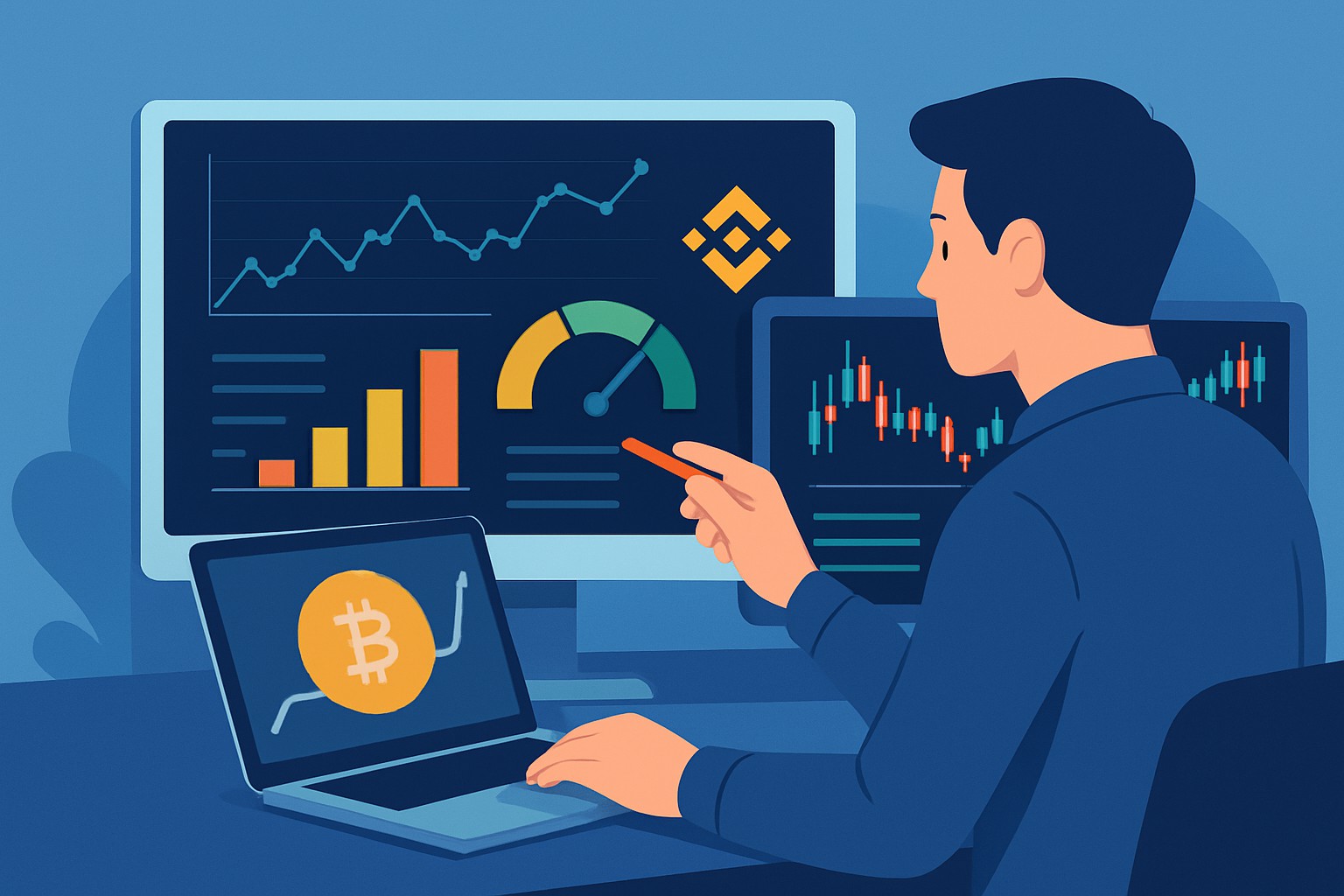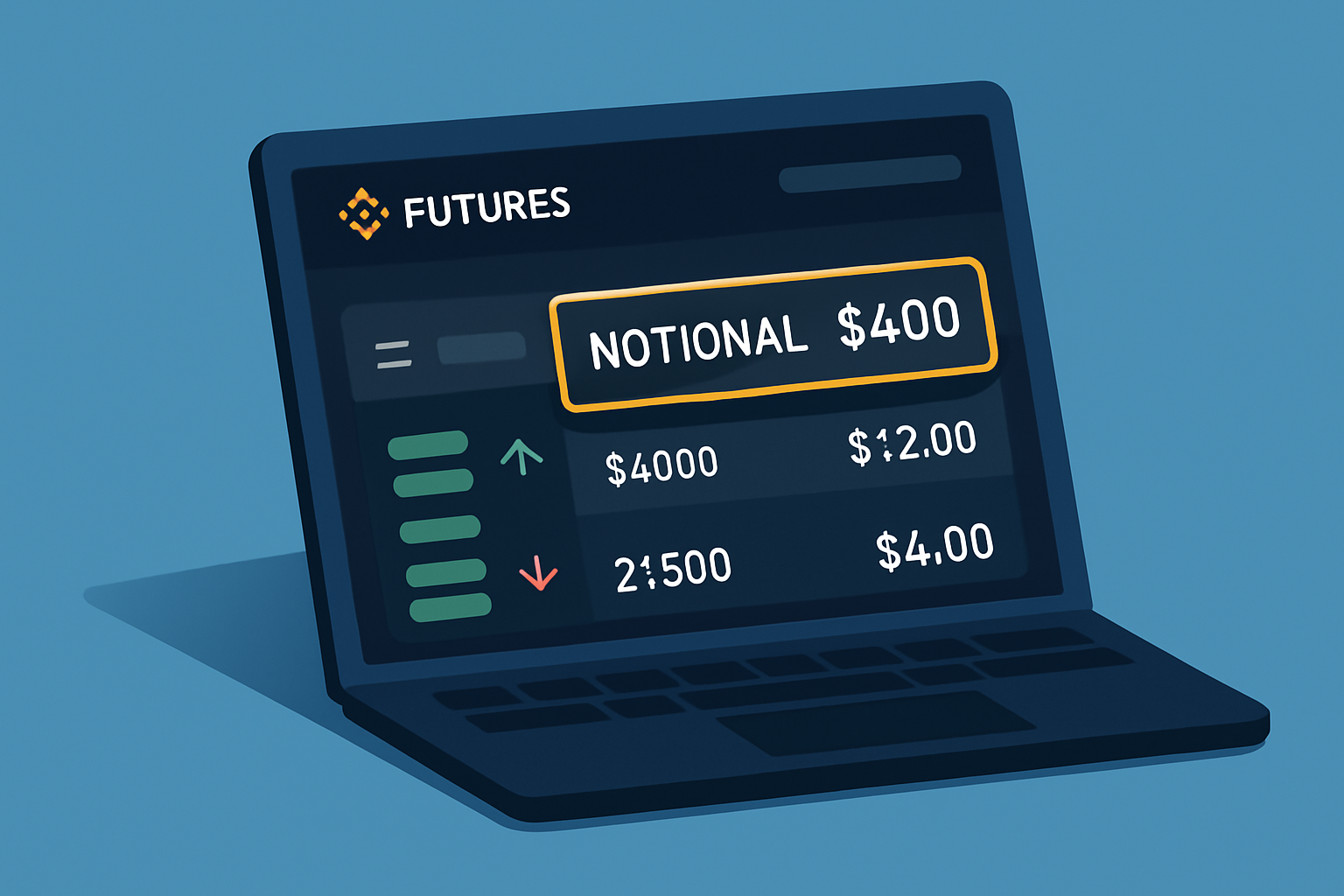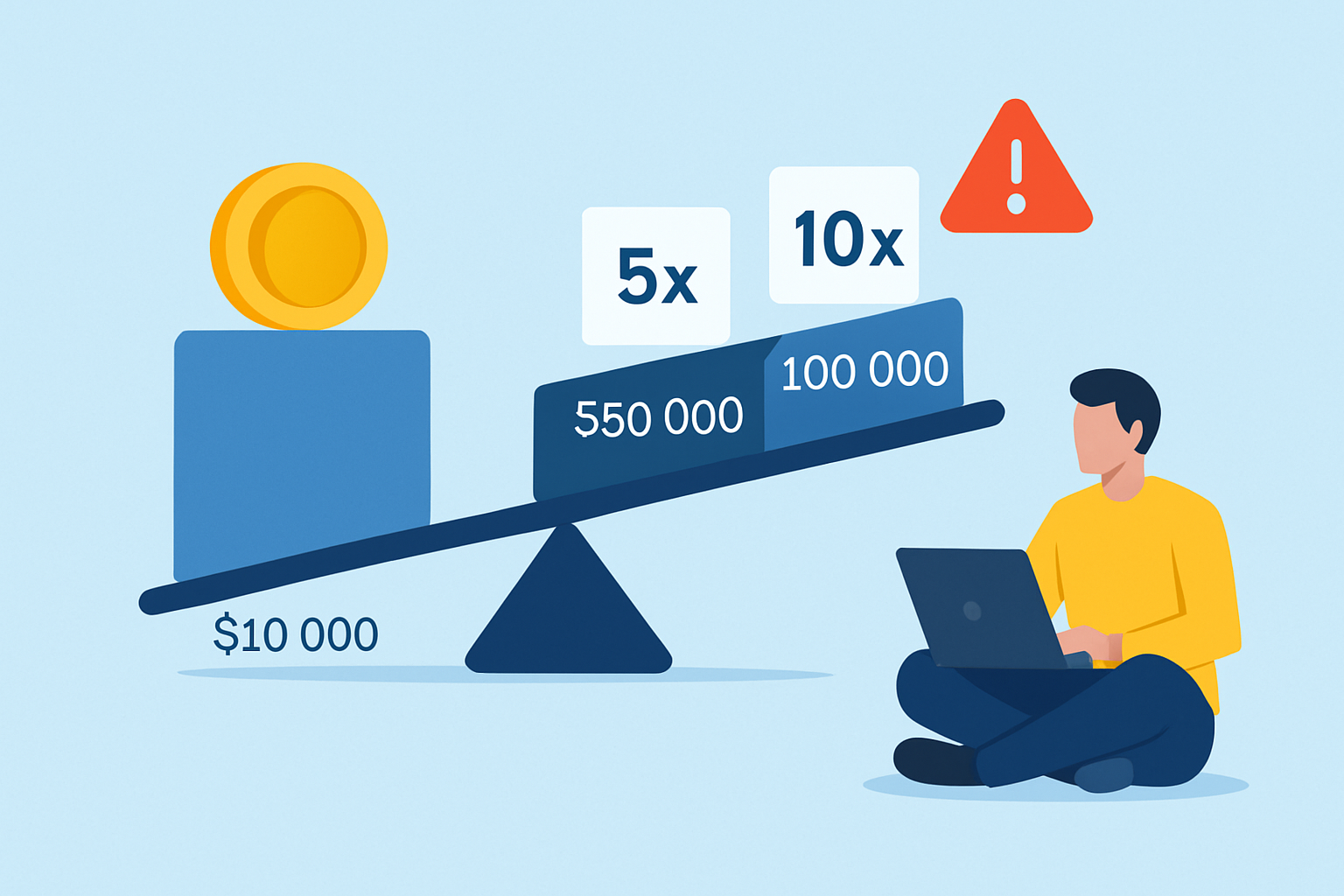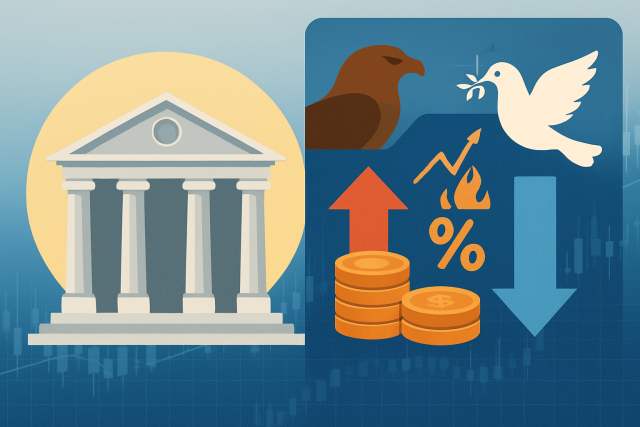
What is the monetary policy committee and how it shapes markets
Discover the essential role of the monetary policy committee in shaping economies. Learn how it sets...

Nailing exposure management is key for successful trades on Binance and similar platforms. This article dives into the concept of "notional value," a key metric that traders use to understand and monitor their overall market exposure, especially when leverage is involved.
Notional value reflects the total monetary worth of a trader’s position in the market, giving you a sense of the full size of the contract or asset exposure. It’s different from the margin or the actual capital put in because it shows the amount you’re effectively controlling through that investment.
Think of notional value like buying a house with a mortgage. The total price of the house is the notional value. Even if you fork out only 20% upfront as your own cash or margin, you still control the whole value of the house. Similarly, leveraged trading asks you to put up just a slice of the notional position size as margin but your exposure and responsibility stretch over the full amount.
On Binance, notional value is what people often lean on to get a real sense of the size of their positions, especially when dealing with futures contracts or margin trading. Unlike spot trading that focuses on the actual amount you have put in, Binance takes a different route by calculating notional value as the contract size multiplied by the current price.
You can spot the notional value right there on your Binance futures or margin trading dashboard, conveniently nestled alongside your open positions.
It’s typically the contract size times the current price. It is pretty straightforward once you get the hang of it.
USDT-margined and coin-margined futures have their own ways of calculating notional value so don’t mix them up.
Factor in the leverage you’re using since that number can crank your notional exposure way past the actual margin you’ve put down, sometimes more than you might expect.

Screenshot example of Binance interface highlighting where notional values appear in futures and margin trading dashboards
Sometimes, keeping a close eye on notional value is like having your financial ducks in a row—it might not be the flashiest part of trading, but it’s definitely one of the smartest moves you can make. Managing exposure through notional value helps you get a real grip on your risk, rather than just chasing numbers that could be misleading at a glance. In my experience, this approach keeps surprises at bay and gives you a steadier hand on the wheel when markets get a bit wild.
Managing exposure is important to avoid nasty surprises like unexpected losses or being forced to liquidate. If you focus only on margin or invested funds you might miss the bigger picture—namely the extra risk that leverage brings along.
Notional value gives traders a clearer picture of their total market exposure, which can be a real lifesaver by helping avoid those nasty surprises that pop up when leverage effects slip under the radar.
Calculating notional value on Binance is not a one-size-fits-all deal because it really depends on the product type.
| Trading Product | Formula | Explanation | Example Values | Sample Calculation |
|---|---|---|---|---|
| Futures (USDT-margined) | Contract Size × Price × Number of Contracts | This tells you the total USD exposure of your futures position — basically the dollar amount you’re on the hook for. | Contract Size: 0.001 BTC, Price: $30,000, Contracts: 10 | 0.001 × 30,000 × 10 = $300 |
| Margin Trading | Amount of Coins × Current Coin Price | The full value of coins you’re holding in your margin account, keeping things nice and clear. | 2 ETH at $2,000 each | 2 × 2,000 = $4,000 |
| Leveraged Tokens | Number of Tokens × NAV (Net Asset Value) | This gives you your exposure based on the underlying asset’s tracked price — think of it as your stake in the game. | 50 BULL tokens with NAV $1.5 | 50 × 1.5 = $75 |
Holding 0.05 BTC futures contracts priced at $40,000 each means you have a notional exposure of $2,000. You might only have a few hundred dollars tied up as margin. Similarly, if you’re carrying 3 ETH on margin at $2,000 apiece, the notional value adds up to $6,000.
Traders often lean on notional value to tighten their risk controls. This usually involves tweaking position sizes, dialing in leverage just right and setting stop-losses based on total exposure rather than merely the margin.
Start by taking a good, careful look at your total notional exposure across all your open positions. This will give you a much clearer picture of the actual market risk you are carrying around.
Then, weigh that exposure against your account equity and how comfortable you feel with risk before jumping into any new trades. Pausing for a moment here can save a lot of headaches later.
Don’t be shy about tweaking your leverage or contract sizes to keep your exposure in check. It’s all about staying within reasonable bounds without feeling like you’re strapped into a rollercoaster.
Make sure your stop-loss orders reflect the full notional value. Think of it as your safety net against those pesky, unexpected market swings that tend to catch you off guard.
Lastly, keep a regular eye on your entire portfolio exposure so risk doesn’t sneakily pile up in one spot. Stay proactive and adjust your trades as needed because a little vigilance can go a long way.
Picture this: a trader holding three futures contracts with a total notional exposure of $30,000 but only $3,000 locked in as margin. Instead of blindly piling on more positions, the trader smartly keeps risk in check by trimming the contract size or dialing down the leverage. It’s a strategy that helps steer clear of liquidation and major losses even if the market decides to throw a wild curveball.

Diagram visualizing exposure levels at different leverage settings with corresponding notional values and potential risk
Clearing up these misconceptions is absolutely vital. Notional value usually gives you the real picture of how big your market exposure truly is no matter how the margin shakes out. You might be seriously underestimating your risk and setting yourself up for unwelcome surprises down the road. Whether you’re trading futures, margin or spot, keeping a close eye on your notional exposure tends to pay off with smarter risk management.
Binance offers real-time dashboards that show notional values with margin and leverage details clearly. Traders can use risk limit bars, leverage adjustment sliders and position size calculators. These tools help them monitor their exposure at all times.
Using these tools in daily trading routines helps users keep a steady eye on all their market positions, including the total notional value at risk, making it that much easier to enter trades wisely and manage risk like a pro.
Struggling to improve your trading performance? Edgewonk's advanced analytics tools are designed to give you the edge you need.
With detailed trade journaling, robust strategy analysis, and psychological insights, you'll gain a comprehensive understanding of your strengths and weaknesses. Don't miss out on this game-changing opportunity.
Traders, it's time to elevate your game. Edgewonk is the ultimate trading journal software designed to empower you with data-driven insights and personalized strategies. Take control of your trading journey and maximize your potential.
17 posts written
Born in Athens, Ariadne Petrou is a leading expert in behavioral finance, exploring the psychological factors that influence trading decisions and market dynamics.
Read Articles
Discover the essential role of the monetary policy committee in shaping economies. Learn how it sets...

Hawkish statements signal central banks' concerns about inflation and interest rate hikes. Learn wha...

Understand what drives the Saudi Arabian Riyal's fluctuations, from oil prices and monetary policy t...

Discover the main factors that influence the Honduras country currency, the lempira, and understand...
